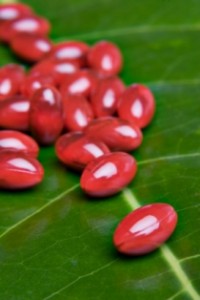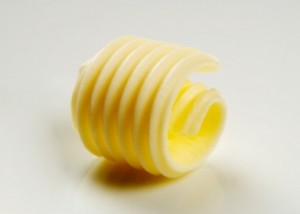Beta-Carotene: Smokersâ Saving Grace?
Study Says Beta-Carotene May Help Reduce Breast Cancer Risk in Women that Smoke

For women that can't (or won't) stop smoking, beta carotene may reduce their risk for breast cancer.
There are so many reasons not to smoke. From the yellowish-green hue it leaves on your teeth, the smell it leaves on your breath, the aging it does to your skin, the negative health effects are hardly hard to spot.
Yet as long as the list of negative physical effects are, it pales in comparison to the negative health effects of cancer.
Smoking increases your risk for cancer more than any other behavior. Lung cancer, the most prevalent cancer of them all, is almost entirely attributable to smoking, whether that smoke is inhaled directly from a cigarette or second hand. Itâs the cause of 90 percent of lung cancer deaths in men and 80 percent of lung cancer deaths in women. And if you compare peopleâs risk for lung cancer based on whether or not they smoke, the smoker is 23 times more likely to develop lung cancer than the non-smoker.
Lung cancer isnât the only cancer risk that increases with smoking. A 2005 study from the Fred Hutchinson Cancer Research Center found that cigarettes increased a womanâs risk for breast cancer by 40 percent (compared to those who never smoked).
Of course, the best way to avoid this risk is to stop smoking. But for those who canâtâor wonâtâstop smoking, there are some nutrients that may reduce their risk for breast cancer.
According to a new study published in the European Journal of Cancer, a woman that canâtâor wonâtâquit smoking can decrease her risk for breast cancer by increasing her beta-carotene intake.
The study followed over 36,600 women for 10 years and they found that women that consumed the highest amount of beta-carotene were about 60 percent less likely to develop breast cancer among fellow female smokers that were comparatively low in beta-carotene.
Further study hopes to determine whether increasing beta-carotene among non-smoking women can similarly decrease breast cancer risk. If so, then researchers can look into supplementation amounts, or how much beta-carotene is needed to decrease breast cancer risk among both non-smoking and smoking women.
In the meantime, there are lots of great supplements for beta-carotene. Youâll typically find them paired with vitamin A, as beta-carotene is converted into vitamin A in the body. Consumer Lab gives the green light to several beta-carotene supplements, including Natureâs Way Beta Carotene, Puritanâs Pride Beta-Carotene, and Vitamin Shoppeâs Beta-Carotene. Each supplement contains 25,000 international units of beta-carotene per capsule.
You can also go to food sources for beta-carotene. Deep-colored vegetables are the best sources. By âdeep-coloredâ I mean vegetables that are intensely one particular color, like spinach is green and carrots and sweet potatoes are orange.
Make sure that theyâre fresh sources, too, as the bioavailability of beta-carotene is higher in fresh vegetables compared to canned or frozen (fresh carrots contain 100 percent all-trans beta-carotene, but in canned carrots, that amount goes down to 73 percent).
Sources:
nutraingredients.com
quitsmoking.about.com
foxnews.com
whfoods.com
Posted: February 13th, 2010 under Breast Cancer, Smoking.
Tags: beta carotene cancer, beta carotene foods, beta carotene lung cancer, beta carotene supplements
Comments: none

















